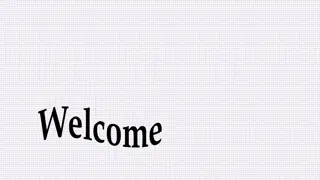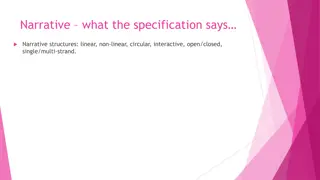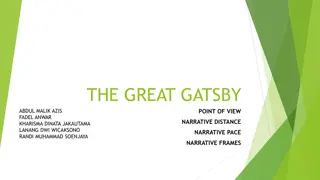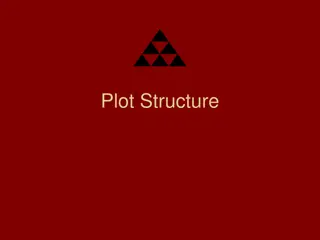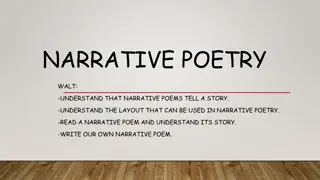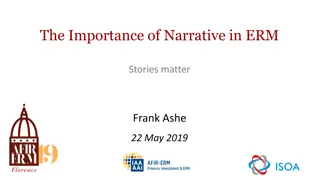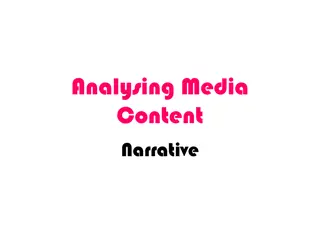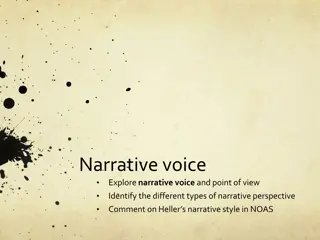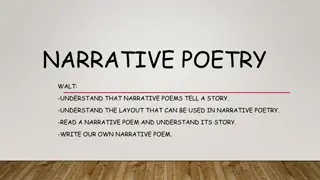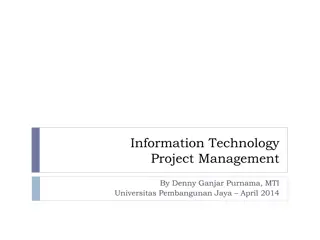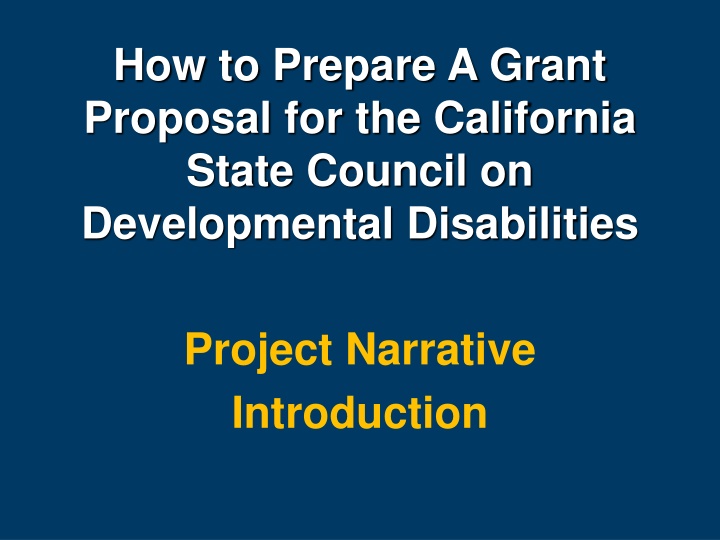
Grant Proposal Writing Guide for California State Council on Developmental Disabilities
Learn how to prepare a successful grant proposal for the California State Council on Developmental Disabilities. This guide covers essential information, acronyms, training modules, and detailed insights on the project narrative sections.
Uploaded on | 2 Views
Download Presentation

Please find below an Image/Link to download the presentation.
The content on the website is provided AS IS for your information and personal use only. It may not be sold, licensed, or shared on other websites without obtaining consent from the author. If you encounter any issues during the download, it is possible that the publisher has removed the file from their server.
You are allowed to download the files provided on this website for personal or commercial use, subject to the condition that they are used lawfully. All files are the property of their respective owners.
The content on the website is provided AS IS for your information and personal use only. It may not be sold, licensed, or shared on other websites without obtaining consent from the author.
E N D
Presentation Transcript
How to Prepare A Grant Proposal for the California State Council on Developmental Disabilities Project Narrative Introduction
Some acronyms: California State Council on Developmental Disabilities = SCDD Intellectual and Developmental Disabilities = I/DD Request for Proposal = RFP
About the training modules: 1. Designed to provide information about the grant-writing process 2. Provide guidance to complete an application for Cycle 44
Produced by: The California State Council on Developmental Disabilities (SCDD) The Tarjan Center at the University of California Los Angeles (UCLA) The University of Southern California (USC), University Center for Excellence in Developmental Disabilities (UCEDD) The Center for Excellence in Developmental Disabilities at the MIND Institute (CEDD), University of California Davis (UCD)
Grant Cycle 44 (2021-22) This project was supported in part by Grant #21CASCDD from the U.S. Administration for Community Living, the Department of Health and Human Services, Washington D.C. 20201 Grantees undertaking projects with government sponsorship are encouraged to express freely their findings and conclusions. Points of views or opinions do not, therefore, necessarily represent ACL policy.
DISCLAIMER This is not a substitute for viewing the online modules or participating in the pre- bidder s conference call Viewing these modules will not provide you with an advantage in the grant review process This will not answer questions about your specific proposal
Project Narrative Introduction Section 1: Abstract, Qualifications, Collaboration, and Methodology Section 2: Target Population, Staff Roles and Responsibilities
Abstract, Qualifications, Collaboration and Methodology
Project Narrative SCDD requires specific information for the Project Narrative Project Narrative form Follow along with a Project Narrative form
Before writing the project narrative: Read the RFP guidelines Read the 5 content areas of the Project Narrative form Review the project description outlined in the RFP
Proposal Format The application s Project Narrative form requires a specific format: Arial 14-font black 1-inch margins A maximum of ten (10) pages of text
The 5 Parts of the Project Narrative Form 1. Abstract 2. Qualifications 3. Collaboration 4. Methodology 5. Outcome Measures and Evaluation
The Abstract Provide a one-paragraph abstract: Identify an issue, problem or need for this project State the goal of the project, major activities and deliverables What are the desired benefits or impacts for people with I/DD, as a result of the project?
Qualifications Provide: An overview of your organization and its mission Its experience serving or working with people with I/DD and their families Staff expertise, programs, and activities
Collaboration Identify all project collaborators Describe collaborators specific roles, responsibilities and activities in the project All collaborators must submit a letter of support with original signatures
Methodology Clearly describe the activities (of each staff or sub-contractor) to achieve outcomes Clearly identify the target population Explain how the project will address cultural diversity and impact underserved communities Describe the proposed deliverables, data collection and project assessment process
Methodology: Approach Explain what, how and why Identify promising or best practice(s) Is the project guided by a framework? Identify the proposed statewide impact Is this project consistent with SCDD s mission?
Promising Practices: Creating, supporting or improving Has produced success in at least one program or setting Replaces or makes a current practice better Is likely to lead to better outcomes for people with I/DD May benefit other agencies and programs
Best Practices: Creating, supporting or improving Implements a proven strategy or practice Is research-based Has good outcomes when implemented Shown to work with multiple agencies, settings or groups of people
Conceptual Framework May be visual or written Demonstrates how activities are directly linked to goals and outcomes Examples: Guideposts for Success, Promotora Model, Ecological framework, etc.
Statewide Impact Outputs or outcomes that have an impact on the system (or sub- systems) New or innovative approaches that have the proven ability to be implemented statewide
SCDDs Mission The Council advocates, promotes and implements policies and practices that achieve self-determination, independence, productivity, and inclusion in all aspects of community life for Californians with developmental disabilities and their families
Target population, staff roles and responsibilities
Target Population What is the target population and why was it chosen? Demographics Needs Geography How will the project change systems to benefit people with I/DD and their families?
Target Population: Defined characteristics Underserved and culturally diverse communities Communities of Color Communities of non-English speakers Those living in federally identified poverty areas Exhibit A
Staff roles, activities and deliverables How will activities be carried out? Who is responsible for activities? Who is responsible for deliverables? List all staff and contractors, titles & direct project responsibilities Bi-monthly reporting and evaluation are considered project activities
Example: Training Specialists Requires at least Bachelor level (or equivalent) experience in working with persons with I/DD for more than 5 years, as well as experience in group teaching. Responsible for conducting all levels of training. Will ensure that curricula contents are covered. Provides feedback for ongoing project development and improvement. Conducts pre/post-tests and program satisfaction surveys. Travels to designated training locations. Adheres to all policies and established best/promising practices and/or procedures
Project Staff Responsibilities Includes carrying out activities and reporting on project outcomes Staff workload and assigned hours must be realistic, as compared with the proposed budget and project design




